With more than 50 ski resorts of all sizes, Niigata is Japan's best-kept snow secret.
Create a free account to read this article
or signup to continue reading
Sake, ramen and onsen. There's a lot to love about skiing in Japan. And you've probably heard of those grand Japanese ski resorts, Hakuba (in Nagano) and Niseko (in Hokkaido), all so loved by Aussies.
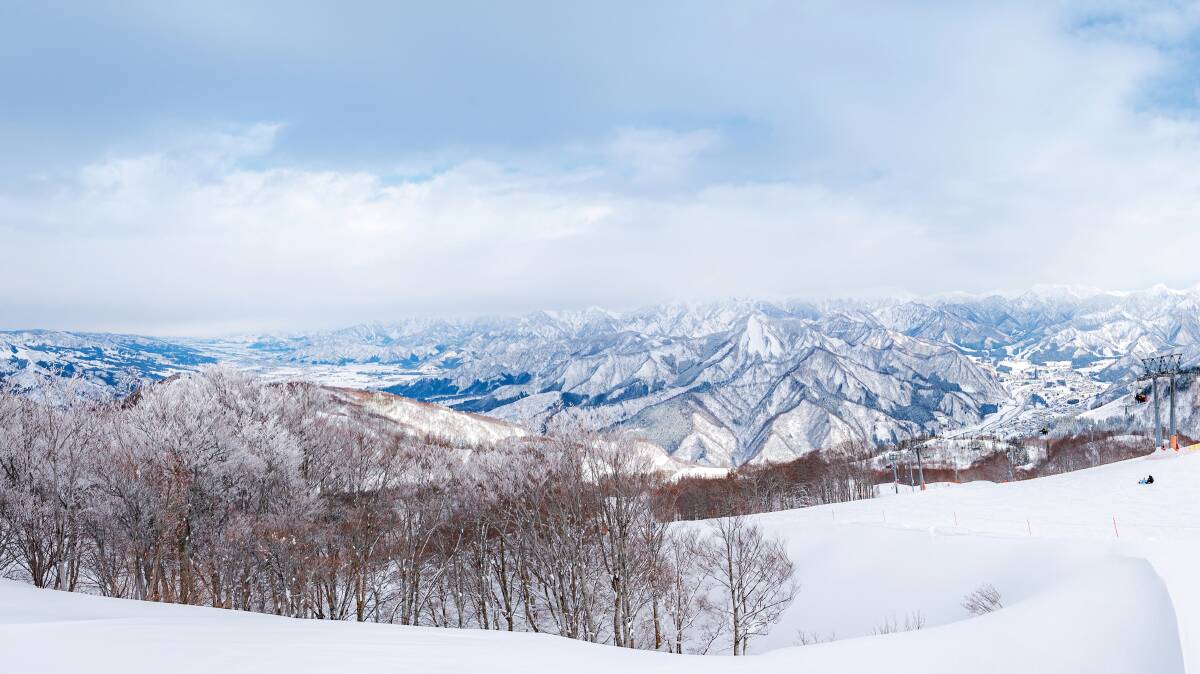
But there's another - Niigata - which is more authentic, more varied and has better food and just as good snow cover as both of them.
Possibly Niigata is not so well known because it's a little tricky to wrap your head around: there are about 55 ski resorts spread across the high mountain ranges in the south of the 240-kilometre-long prefecture. They range from one-lift shows to large multi-resort operations, with everything in between. Many have been serving happy ski bunnies for more than 100 years. Perhaps the most famous are the Myoko ski areas closest to the coast, followed by the Yuzawa areas further inland in the southern ski areas.
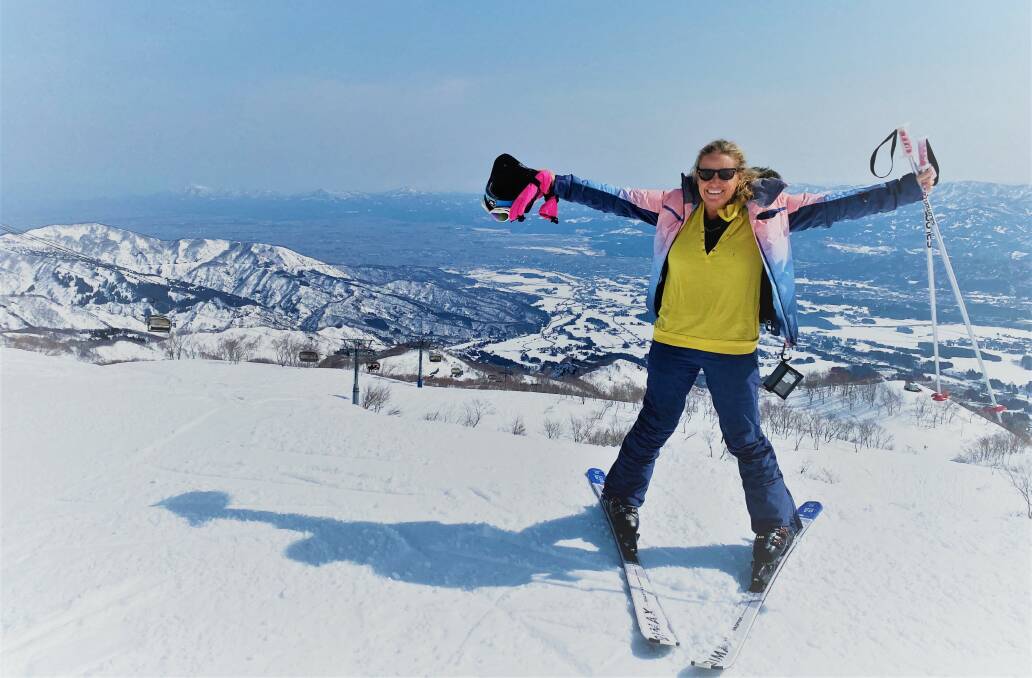
Travelling to Japan from Australia may mean outlaying a fair chunk of cash on airfares. But, once there, lift tickets, accommodation and food and drink are all on the much-cheaper-than-anywhere-else side - this is especially so in Niigata. On many slopes, on certain days, kids under 12 ski free.
I have skied in Japan plenty of times, most recently in March in a T-shirt under bluebird skies. Although the 2023 season wasn't the best in history, Japan's high mountains and climate ensure the season is usually long and plentiful: no snow-making required. Most of the resorts in Niigata open around mid-December, and stay open to at least the end of March, but sometimes as late as May, with the busiest period in January.
Truly, there is no country better suited to a ski holiday: ramen from vending machines, glorious outdoor hot springs and warm sake, as well as that stunning landscape just built for the addition of a fresh white cloak.
Because the Niigata prefecture is not as slick and touristy as the others, it can be a bit confusing to work out what's what. Here's my guide to my favourite Niigata resorts.
Myoko Kogen
Authentic snow-village feel with four ski areas - meaning lots of choice, cosy on- and off-slope food and drink options, and a chilled vibe that will leave you feeling very happy.
This was the first Japanese ski resort I visited after skiing in other countries and it immediately stole my heart. It has a cool apres-ski village vibe and lots of great restaurants, bars and izakayas, as well as the city of Nagano just 30 kilometres north. Plus, pow-pow, so much pow-pow everywhere! With so many resort options, there is something for everyone. Akakura Onsen is the main resort, with 14 ski lifts and 17 courses - about half are for beginners, but complemented by some challenging slopes for advanced skiers, as well as excellent intermediate and advanced skiing at the connected Akakura Kanko resort. So it's perfect for families or groups of friends with different skiing skills.
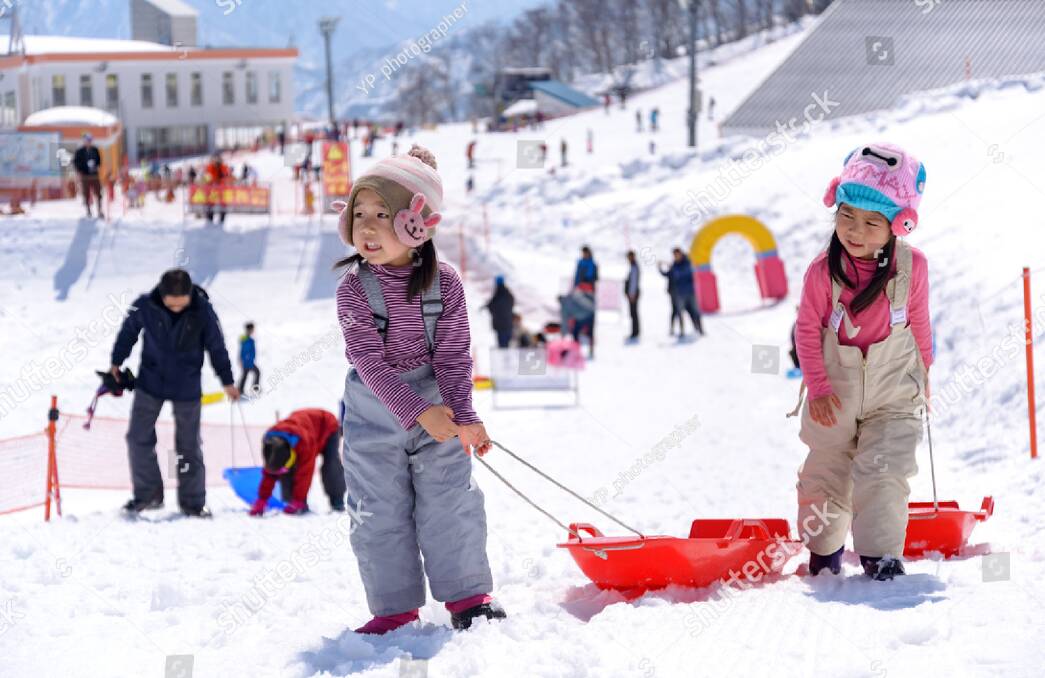
In frequent visits, I've never seen it crowded: in March this year, we had the Akakura Onsen night skiing (and its pumping tunes) almost all to ourselves. Another time, a few years ago, nine of us caught a taxi bus across the way to the smaller nearby slope of Suginohara and we really did have the whole resort - including its famous 8.5-kilometre run - to ourselves for the whole day.
Apparently these slopes used to pump in the 1980s, with lots of corporate retreats, but domestic interest in skiing and boarding has waned over the past couple of decades, leading to a ghost-town feel (and no queues) in many of the Niigata resorts. This is also the reason, when you do see local skiers, they are often much older, solo and on ancient skis. Quite charming! There's also Seki Onsen - famous for its record snowfalls - as well as Ikenotaira, with great tree trails.
Stay: Red Warehouse is a friendly, self catering, family-ski-club-style lodge in Akakura Onsen. We love it here. There are nine rooms - a range of family suites, Japanese- and Western-style, as well as economy and single-room options - plus there's an inhouse onsen and other facilities. See red-warehouse.com
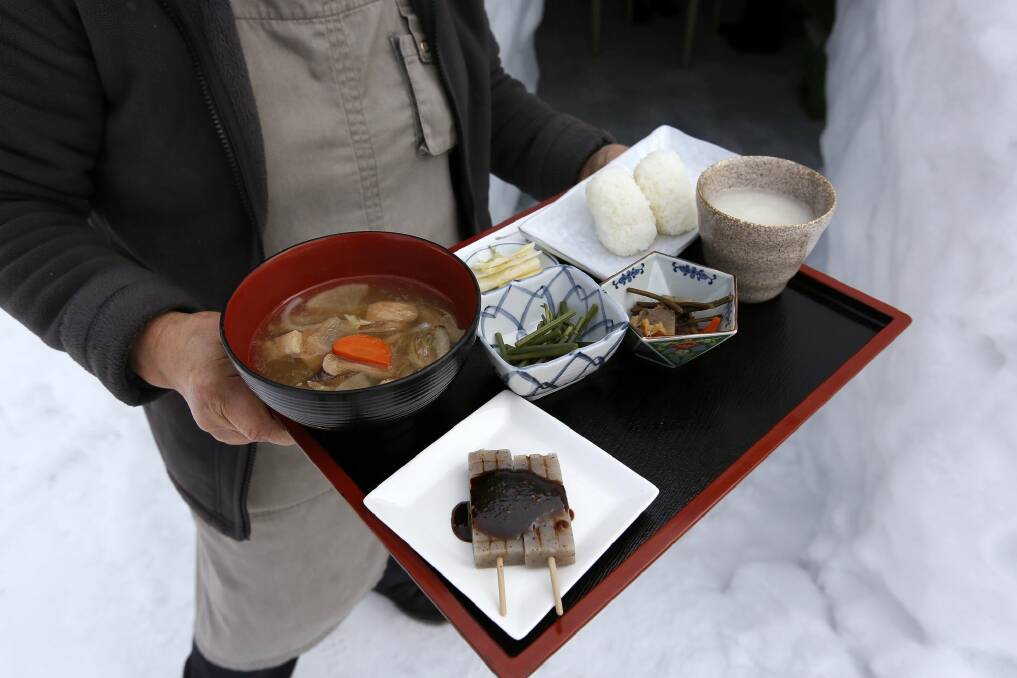
Season: December to early April
Getting there: Three hours on the Shinkansen from Tokyo, then a 10-minute bus or taxi ride from Myoko-Kogen station to most accommodations in and around Akakura Onsen.
Apres-ski: The Snow Monkey Park is an hour's drive away - think a whole lot of monkeys (Japanese macaques) hanging out and being funny in a roaming hot spring. Loads of Insta-perfect opportunities here!
Read more on Explore:
Lotte Arai
Self-contained and upmarket resort with the lot - you don't need to leave.
About an hour to the north of Myoko, Lotte Arai is an intimate, all-inclusive place popular with families. The resort made headlines during COVID-19 when it went bankrupt but has since been rescued by Lotte, a massive South Korean corporation. It's the type of place where you can put your feet up and get comfy - apres-ski including a large and lovely onsen (and separate big pool) is all in the same chic resort, with a variety of western and local restaurants, a bakery, karaoke rooms, and shops all accessed by a series of tunnels and walkways. Snow-wise, the resort is more contained than most and comprises mostly green and blue runs, with the best - about three kilometres long - on the boundary (take the double gondola to the top and come down the right side).
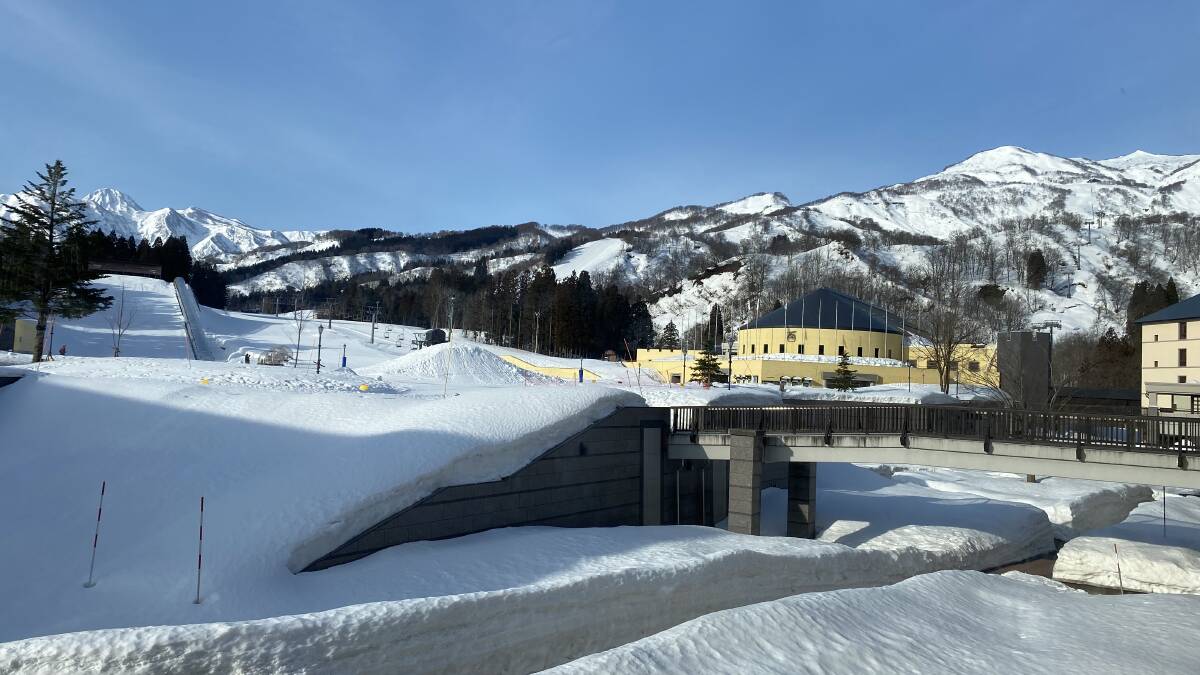
The excellent-looking and large off-piste skiing was closed due to avalanche risk when we were there for a spell earlier this year. It's rarely busy, with friendly lifties (one of the best aspects of skiing in this area - the lift operators are kind and friendly, usually much older, local rice farmers) and plenty of fist pumps and smiles. If you have the bucks to get a "first class" resort ticket, you have access to earlier starts and express queues.
Stay: Lotte Arai Resort Hotel. It's fully set up for skiers, with a spa, onsen, restaurants of all shapes and sizes, and ice machines on every floor. Rooms are lovely and cosy and you can sit by the large windows and watch the white world go by. See lottehotel.com
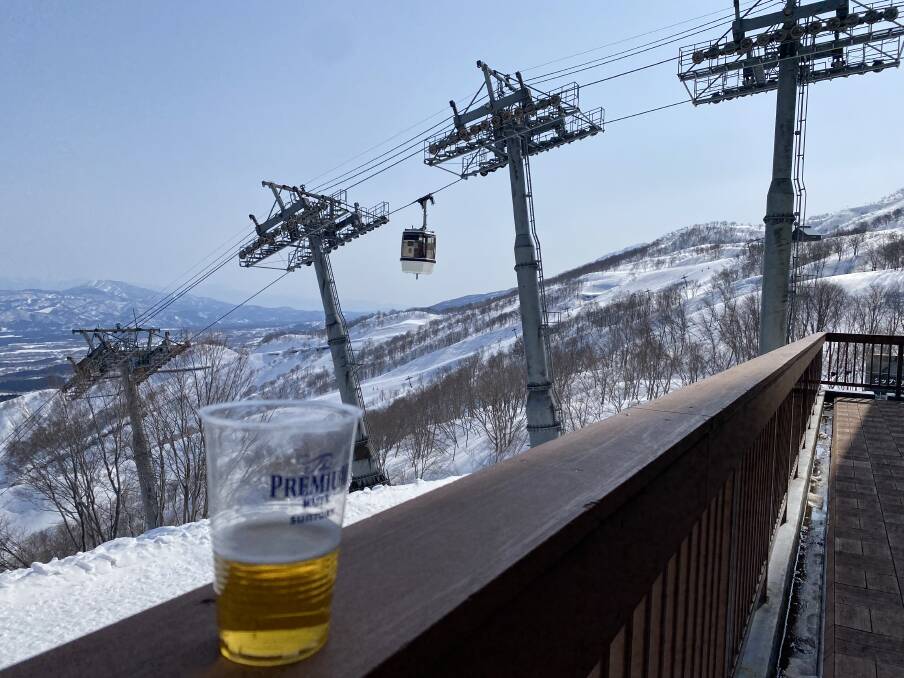
Season: December to early May
Apres-ski: Asia's longest zip line, which drops from 950 metres to 240 metres in just three minutes, as well as a tubing park, sightseeing gondola and bouldering wall.
Yuzawa
Day tripper's delight. Basically, you can ski the slopes within hours of your flight's arrival in Tokyo.
The town is less than 90 minutes from Tokyo on the bullet train, from which is linked a dozen resorts of differing sizes. One is Gala Yuzawa, the only resort with its own Shinkansen station (with attached rental shop and gondola!) so you can leave from Tokyo early and ski all day. But probably the biggest and best option in Yuzawa is Ishiuchi Maruyama. It was once two separate resorts, Ishiuchi and Maruyama, but they are now joined up, with the additional connected resort options of Gala Yuzawa and Yuzawa Kogen, which adds up to a lot of terrain (that you need to buy a different ticket for - don't do what we did and end up at the bottom of one without a ticket and then have to traverse back up).

It also has a cosy heated 10-person gondola/six-seat chairlift, the Sunrise Express. Still in Yuzawa, the larger and connected resorts of Naeba and Kagura offer a combined 45 runs - you can get lift tickets for each resort alone or for the whole Mount Naeba area, as it is known. Naeba is a little further, about 50 minutes by bus from the station, but tends to be the more popular destination with its greater variety of runs - it has hosted world cup and national skiing championships (as well as the famous Fuji Rock Festival every year in summer). However, Kagura tends to have better snow, even into May.
Stay: Sierra Resort (you may be familiar with its sister property in Hakuba) is located in the middle of the main Iwappara run at Yuzawa - a great location when there's snow, with indoor and outdoor baths and a restaurant with a view.
Season: December to early April
Getting there: Most people travel to Ishiuchi Maruyama (and surrounding resorts) from Tokyo by catching the Joetsu Shinkansen to Echigo Yuzawa station and then one of the free buses (usually every 10-20 minutes) to the Hatsukaishi or Chuo base.

Apres-ski: Niigata is famous for its sake and a quick search or ask around will help you locate a brewery near you. Another fun option is the Iwanohara Vineyard, about an hour away by car, founded by Zenbei Kawakami in 1890: here, you can taste wines and sake and check out the snow room to control the temperature of the wine during the fermentation process; a technique unique to the snow country of Joetsu.
Minamiuonuma
Authentic and cultural winter holiday - with great skiing and one of the area's best accommodation options.
Situated above Yuzawa, it offers 11 ski resorts of its own, including the large Joetsu Kokusai and the famous Hakkaisan. Joetsu is one of the largest ski resorts in Japan - about three-quarters of its 22 runs are for experienced skiers but it does have a Kid's Paradise and Sled Land for small children to enjoy out the front, as well as the Spongebob Kids park on the Nagamine half pipe run. Just north, Okutadami is well regarded but can only be skied half the season due to excessive snow on the access road.
Stay: For a true Japanese winter wonderland experience, it's difficult to go past Ryugon, built on the ruins of a temple - with in-room and outdoor onsen, beautiful and authentic food, ponds and gardens and modern comfort. There's even a fascinating audio tour of the hotel's architecture, art, history and surrounds. See ryugon.co.jp/en
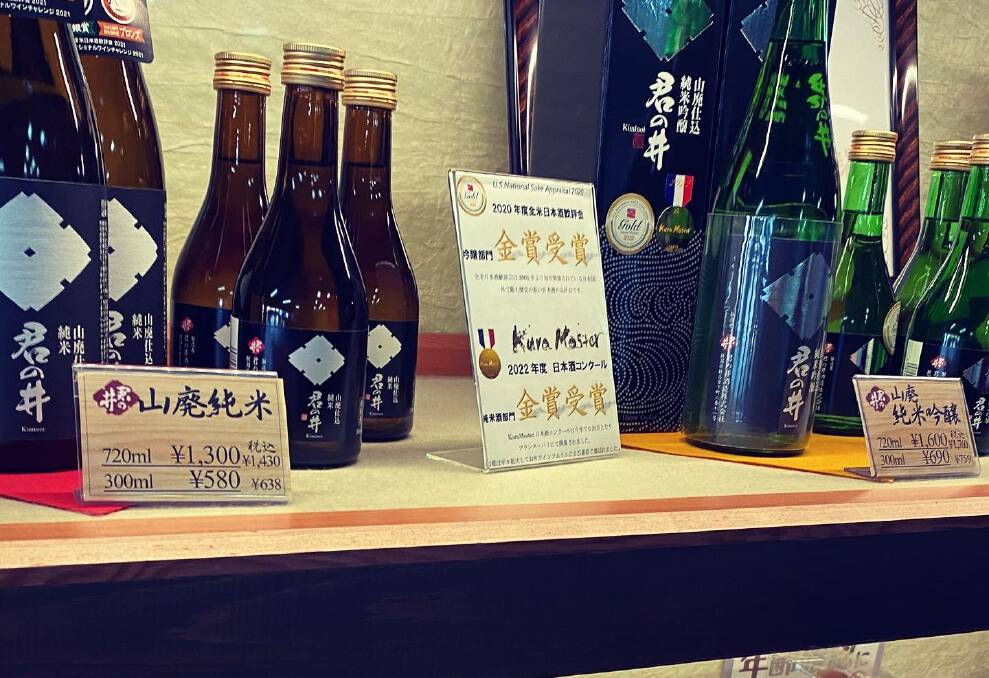
Season: December to early April
Getting there: Minamiuonuma is accessible from the Joetsu Shinkansen station at Echigo Yuzawa. From there you can either take the local Joetsu Line or get shuttle buses to the resorts, which take from 10 to 40 minutes.
Apres-ski: The Koshihikari brand of rice (particularly the rice grown in the Minamiuonuma region) is widely considered the highest quality rice produced in Japan, and rice-related products are an important part of the Niigata economy, including sake, senbei crackers and mochi. Many local sake breweries offer sporadic tours - your accomodation or travel agent may be able to assist with local advice and bookings. At the 306-year-old Aoki Shuzo Sake Brewery, you can taste the historic Tanrei-Umakuchi sake, which uses the pure umami of Sake-rice in a recipe handed down through generations. You will need to book at kakurei.co.jp/english/
TRIP NOTES
Getting there: All Nippon Airways and plenty of other airlines fly daily from most Australian cities to Tokyo. Of the two international Tokyo airports, Haneda is closer than Narita to Niigata.
Getting around: The Shinkansen train is such an efficient way to get from Tokyo to the Niigata ski resorts; once there, bus, train or taxi travel between resorts is easy. Or you can drive from the airport and between resorts - most slopes have plentiful parking.
Explore more: enjoyniigata.com/en
The writer's visit was assisted by Niigata Prefecture.
Pictures: Kate Cox; Getty Images; Shutterstock





